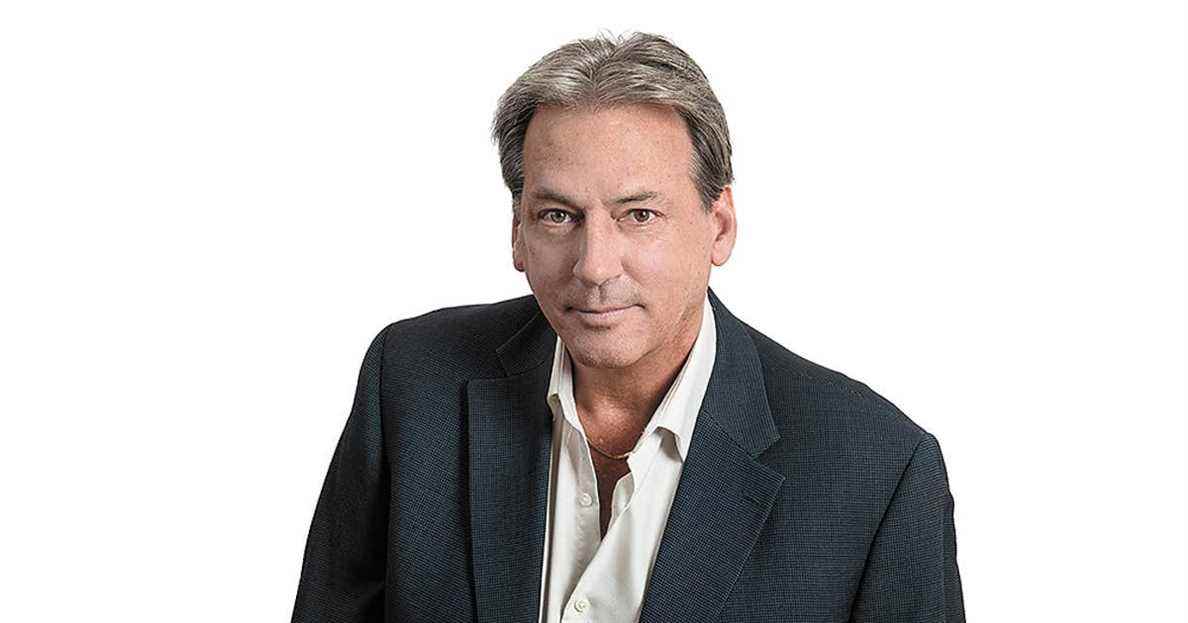The Federal Reserve corrects the situation and withdraws the qualifier of “temporary” to the evolution of inflation beyond the targets. Fed Chairman Jerome Powell’s change of tone was heard on Tuesday, when he appeared before the Senate Banking Committee, as concern fueled by the Omicron variant climaxed in financial markets. “The time has probably come to stop using that (temporary) word”, he said, adding that “the risks of more persistent inflation have increased”. The central bank now believes inflationary pressures beyond targets will dominate much of 2022, with relief expected somewhere in the second half of the year.
“I’m going to tell you what escaped us, in my opinion is the enormous amount of supply problems that we had with semiconductors, lumber and all those things” in a context of strong asks, explained Jerome Powell. “There is no precedent”, we can read in a text from Agence France-Presse.
The persistence of high inflation could also find a source of power in the Omicron variant. “Concerns about the virus could reduce people’s willingness to work in person,” and thus “slow progress in the job market and intensify supply chain disruptions,” warns the Fed chairman. To this dynamic is added a tightening of the labor market, placed in the United States under the theme of the “great resignation”, with a dropout rate rising since the start of the year to reach a record 3%. in September and an average increase of 5% of hourly wages. According to Oxford Economics, “the specter of rising prices in the economy has widened and wage gains have accelerated,” thus inflating the potential for the emergence of a wage-price spiral.
The Organization for Economic Co-operation and Development (OECD) is also concerned. In the preliminary version of its economic outlook published on Wednesday, it adopts a central scenario providing for “a continuation of the global recovery, with a world better equipped to face the pandemic and monetary and budgetary policies generally in support throughout the year. 2022 ”. A 5.6% surge in global GDP in 2021 should be followed by an increase of 4.5% next year and then a return to cruising speed hovering around 3.2% in 2023.
“But worrying imbalances have emerged. The OECD points to the diverging growth rates from one economy to another, “reflecting the differences in health situation, public policies and sectoral composition” between countries. There are also sectoral labor shortages “even though employment and the number of hours worked have not yet fully returned to their pre-pandemic level”. Finally, “the persistent gap between supply and demand for certain goods, combined with soaring food and energy costs, has caused price increases that are stronger and more lasting than expected.”
“Inflation is on everyone’s mind and a great deal of uncertainty surrounds the reactions of central banks. “The OECD believes that the tensions over supply will recede at the rate
the improvement of the health situation, the stabilization of demand and the return to work of a growing number of people. She also believes that inflation will peak in late 2021-early 2022 before gradually falling to around 3% in the OECD area in 2023. But “if supply constraints were to persist, then GDP and employment continue to grow rapidly and fuel a general rise in prices, the intensification of inflationary pressures could last longer, with the effect of unanchoring the expectations of individuals. “
Climate concern
We must add to the list of risks inertia in the face of global warming. “We are also worried that the growing ambition on climate change translates into so few actions […] The longer the public authorities delay, the more they are exposed to an abrupt transition, marked by higher and more volatile energy prices, ”writes the OECD. “Inaction therefore increases the risks that the energy transition will affect the standard of living of populations and could undermine public support. “
